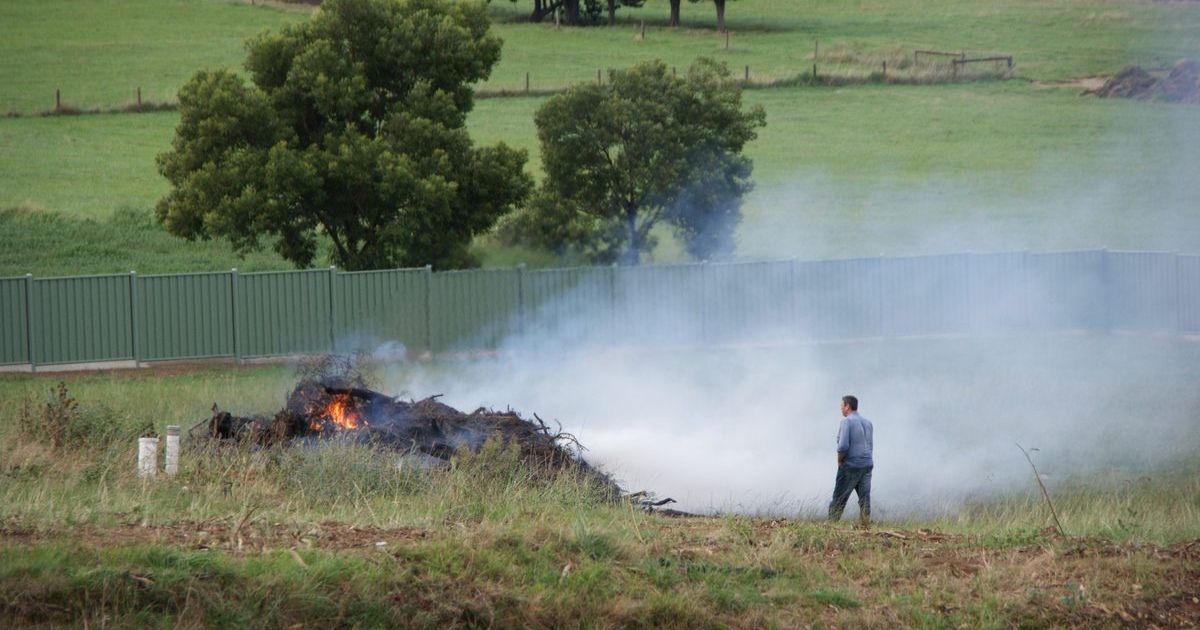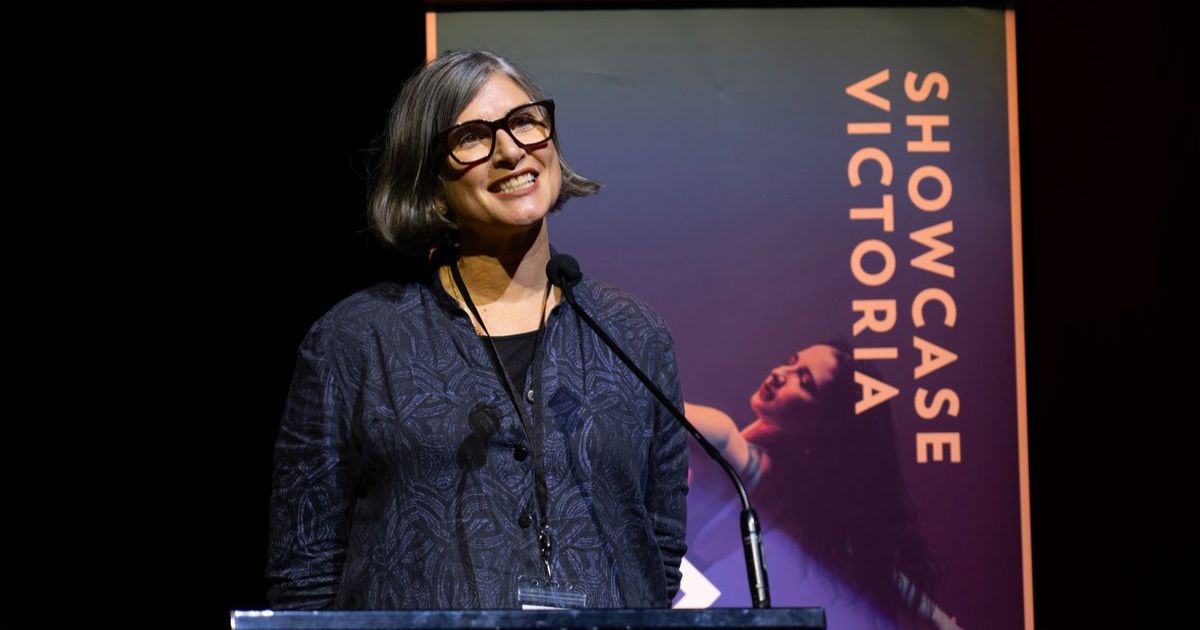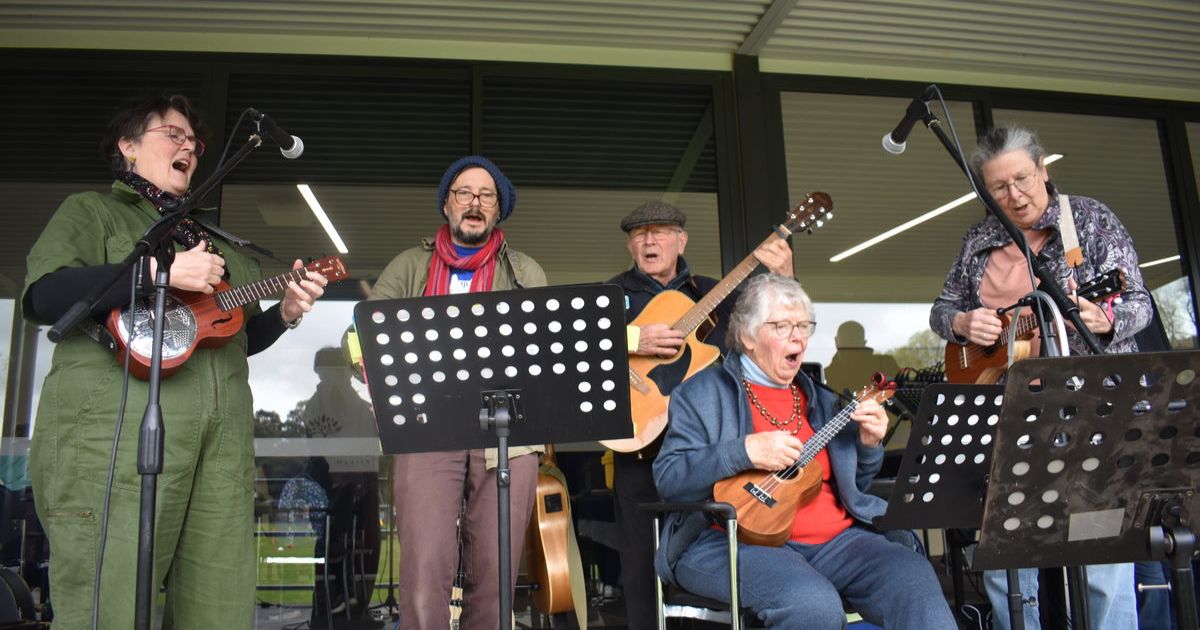State budget slaps go-slow on projects
PASSENGERS will have to wait until 2033 to take a train to Melbourne Airport, as the Victorian government takes an axe to major project spending to curb spiralling debt.
Unveiling his 10th state budget today (Tuesday, May 7), Treasurer Tim Pallas revealed Melbourne Airport Rail was set to be completed at least four years later than its target date of 2029.
Early construction on the mega rail project began in 2022 but has stalled as the government and airport remain at loggerheads over whether the Tullamarine station should be elevated or underground.
“We basically are not in a position to have any certainty of what stage this project proceeds,” Mr Pallas told reporters.
“Given that we can’t control it, we’ve taken the not unreasonable expectation that it could take four (more) years.”
The Victorian and federal governments have previously committed to contributing $5 billion each to the project, which is expected to cost between $8 billion and $13 billion.
The 2024/25 state budget papers shows infrastructure spending is projected to fall from its peak of $24 billion this financial year to $15.6 billion by 2027/28.
“That doesn’t mean going from feast to famine,” Mr Pallas said.
New campuses for the Royal Melbourne and Royal Women’s hospitals will no longer be built in the Arden precinct, the site of a new Metro Tunnel station.
A technical investigation found work required to mitigate electromagnetic interference for the hospital’s sensitive medical instruments would be significant, causing delays and extra costs.
The hospitals’ Parkville sites will instead be fully redeveloped, with the government flagging more homes will be built in Arden.
Labor committed $2.5 billion to upgrade the hospitals and build the medical precinct before the 2022 state election, but Mr Pallas denied the location change amounted to a broken promise.
“The government believed that putting, originally, the location at Arden was a great leverage footprint for that precinct,” he said.
“But as it transpired the proximity to the station and the rail line that we’re building really just made it impractical, probably increased cost and perhaps could have compromised patient care.
“We’ve been clear the commitment we gave people was not so much about where exactly we were building it, but what we were building.”
COVID-19-era programs will be wound back and $90 million in funding to the state’s start-up company Breakthrough Victoria slashed each year over the forward estimates
Government advertising spend is also being cut and government office space reduced.
Universal pre-prep for four-year-olds will be rolled out more gradually across the state by 2036 instead of 2032 due to workforce constraints.
Similarly, mental health and wellbeing locals will be set up slower than scheduled.
There are no new taxes in the budget aside from a levy on short-stay providers such as Airbnb and Stayz, which was unveiled in the government’s 2023 housing statement.
Eligible casual workers will no longer be able to claim sick pay, with the Victorian sick pay guarantee scheme to end in March 2025.
But Victorian parents of school-aged children will pocket a $400 bonus in a key $287 million cost-of-living relief measure.
Net debt is expected to rise to $187.8 billion by the end of 2028, accounting for 25.1 per cent of gross state product.
Interest expenses to service state debt are forecast to top $9.4 billion annually by 2027/28 or $25.8 million a day.
Victorian Budget 2024/25 snapshot:
- Deficit: $2.2 billion
- Revenue: $96.1 billion
- Tax revenue: $39 billion
- Expenditure: $98.3 billion
- Net debt: $156.2 billion by 2024/25, $187.8 billion by 2027/28
- Interest repayments: $6.5 billion
- Unemployment: 4.25 per cent
- Infrastructure investment: $23.3 billion
- Employee expenses: $36.5 billion
– WITH AAP


















